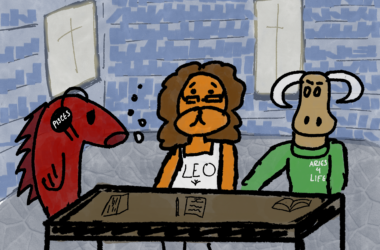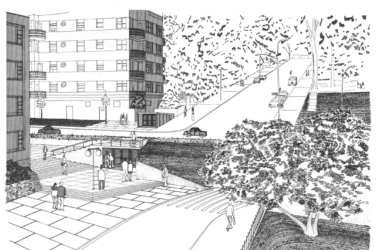Last Thursday marked a significant event in the history of the Internet. While many people didn’t notice it, and it wasn’t nearly as publicized as Y2K, something happened that necessitates a major shift in the way the Internet functions: the Internet stopped growing.
Internet protocol addresses, or IP addresses, are embedded in the way computers work. A computer communicates much like humans would use mail. The machines send packets of data back and forth to each other, with each packet containing a “to” address, a “from” address, and a message. These addresses are encoded in numbers, as computers only understand numbers. Long ago, someone decided it would be safe to use 32 bits to encode addresses. We group these 32 bits into four groups of eight and read them off as a series of four numbers, like 127.0.0.1, or 192.168.1.1. Each of these four numbers goes from 0 to 255, meaning there are just over four billion possible addresses.
The person who came up with this addressing scheme never imagined there would be anywhere near this many computers on a single network. About 30 years ago, people started to realize this might be incorrect. Recently, the last block of addresses was given out by the body that oversees address allocation, the International Assigned Numbers Authority, or IANA. There are now no more IP addresses available. Until this situation is fixed, no new independent networks can connect to the internet.
IANA allocates these blocks to regional bodies, like the American Registry for Internet Numbers, ARIN, which maintains a block of addresses and distributes them to North American companies who need to connect additional machines to the net. These regional agencies all have reserve addresses, however, the reserve pool is quickly depleting. While big companies and ISPs often maintain a reserve pool for themselves, the number of machines trying to get online is constantly growing, and the infrastructure cannot support its current rate of growth for much longer.
While this might seem not too serious, the exhaustion of the IP address pool could pose a significant problem. With no IP addresses left for allocation, Internet companies won’t be able to network any additional computers once their reserves are depleted. The growth of the Internet will stop. It would be analogous to the telephone company simply running out of phone numbers. New phone owners would be unreachable until the problem was solved. Big companies will be unaffected, but any new company which needs a block of addresses will simply be cut off. To further complicate the problem, the only backup plan hasn’t been working very well.
The IPv6 standard was invented in the late 90s to combat the imminent address exhaustion. The protocol is very similar, but with a bigger number for the address. At 128 bits, the IP version six standard supports 1038 addresses. Many ISPs and agencies have started conversion to IPv6, but even 10 years after its introduction, less than five per cent of Internet traffic supports the standard. Even with the address pool depleted, there’s no urgency of any sort to adopt the new standard. The issue isn’t hardware or software related; IPv6 has been usable for years. Instead, it’s an issue of getting people to make the switch. Until IPv6 becomes more widespread, there will be big problems for Internet users.
While home users don’t need to worry about the implications of IPv4 address exhaustion, it could have serious implications on industry. Without growth of the Internet, it’s hard to imagine industry growing at the same rate it has for the past 20 years. The implications of the address exhaustion are much more severe than the media, which has largely ignored the issue, would lead you to believe. A handful of major Internet based companies have taken steps towards implementing the new protocol, but until governments mandate the switch, it’s unlikely that Ipv6 will become widespread. It’s hard to predict exactly what will happen in the coming months, but it doesn’t look promising.








